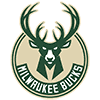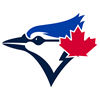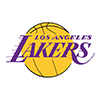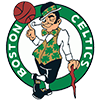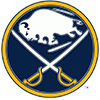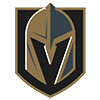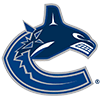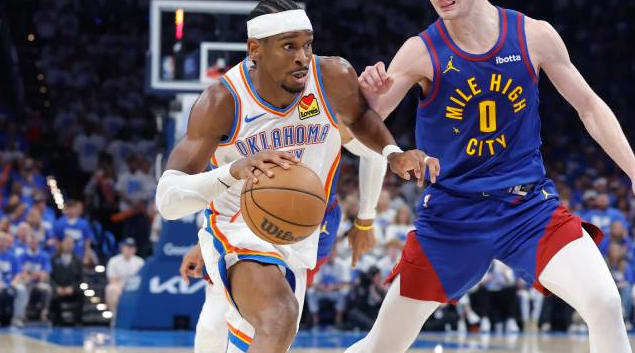The goal of any NBA fantasy draft is simple: assemble a team that racks up enough stats to crown you a champion. But the path to that goal varies — and understanding positional scarcity is often the edge that separates savvy managers from the rest.
Certain positions are stacked at the top of draft boards but thin out quickly. Others have sneaky value sprinkled throughout later rounds. Knowing when to draft which position is critical, and RotoWire's fantasy basketball draft kit — with NBA projections, draft software and expert analysis — helps you stay ahead of the curve.
Why Guards Dominate NBA Fantasy Draft Boards
The NBA is getting smaller and faster, with NBA starting lineups sometimes featuring four guards at once. Unsurprisingly, guards dominate modern fantasy basketball rankings.
In standard 8-category leagues, guards account for:
- 7 of the top 10 players;
- 20 of the top 36;
- and 24 of the top 50.
Elite guards deliver across multiple categories — points, threes, assists, free-throw percentage — and even contribute more rebounds than ever thanks to smaller lineups. Current NBA projections show 13 guards averaging 5+ boards per game. Names like Shai Gilgeous-Alexander and Jalen Brunson aren't just playmakers; they're efficient scorers who also contribute value with their field goal percentage.
Forward Depth vs. Center Scarcity in Fantasy Basketball Rankings
Your draft approach shifts depending on how many centers your league requires. In two-center formats, big men come off the board early, driving up their NBA fantasy ADP. Landing Nikola Jokic, Victor Wembanyama or Anthony Davis gives you a strong foundation.
If your league starts only one center, you can afford to wait. Forwards, meanwhile, come in a variety of archetypes — from 3-point specialists like Trey Murphy to inside forces like Giannis Antetokounmpo. That's where your NBA fantasy draft cheat sheet comes in: pairing your guards or centers with complementary forwards is key to building balance.
How to Handle Runs and Auction Value Swings
Every draft has twists. Runs on centers, point guards or wings can force managers to pivot quickly. In fantasy basketball auction values, prices spike when positions thin out. That's why flexibility is essential.
Center remains the riskiest spot. If you miss on an elite option in a one-center league, don't panic or reach. Treat it like the tight end position in fantasy football — either pay up for a star or build strength elsewhere and stream the position later.
Sometimes patience pays off: injured players buried on the NBA injury report can become bargains that pay dividends in the second half of the season.
Drafting with Balance and Long-Term Vision
Most teams will start their draft with a guard — given the sheer depth of the position. But the second and third rounds are where balance comes into play. Pair Gilgeous-Alexander with Evan Mobley, for instance, and you're instantly elite in both guard and big-man categories.
Whether you're in head-to-head or rotisserie formats, balance matters. That's why RotoWire offers live draft tools that sync to your league, helping you see where your roster is strong — or thin — in real time.
Fantasy basketball managers who subscribe to RotoWire don't just draft teams — they draft winning strategies.








